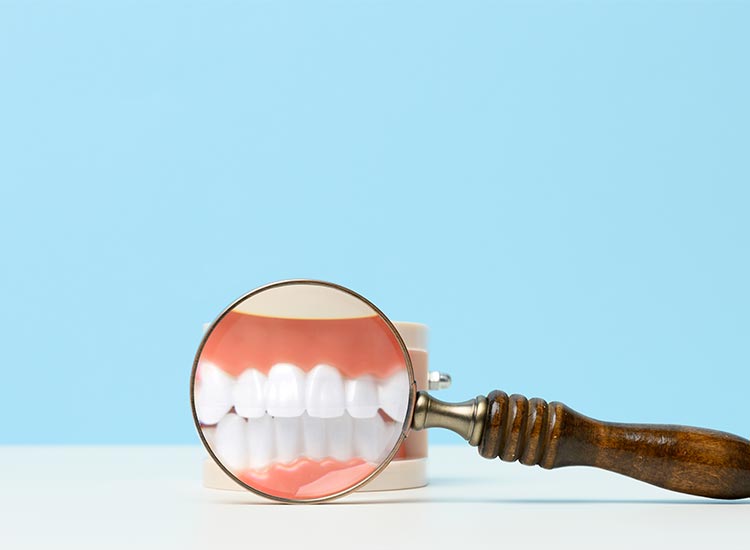Can a periodontist fix receding gums?
Yes, a periodontist can treat receding gums using specialized procedures such as gum grafting and tissue regeneration.
Key Points to Consider:
-
Gum recession exposes tooth roots and can lead to sensitivity and decay.
-
Periodontists specialize in treating gum disease and restoring lost gum tissue.
-
Common treatments include gum grafts and guided tissue regeneration.
-
Early intervention helps prevent further gum and bone loss.
-
Maintaining good oral hygiene is essential after treatment.
How Periodontists Treat Gum Recession
Gum Grafting and Regeneration
Periodontists often use gum grafting to cover exposed roots and restore receded areas. This involves taking tissue from your palate or using donor tissue to rebuild the gumline. Guided tissue regeneration may also be used to encourage natural regrowth of bone and gum tissue.
Long-Term Protection and Comfort
These treatments not only improve the appearance of your smile but also protect the teeth from decay and sensitivity. Fixing gum recession can prevent further damage to the tooth roots and help stabilize teeth that may have become loose. Periodontists customize the treatment based on the severity of the recession and your overall oral health.

When to Seek Help from a Periodontist
Recognizing the Signs Early
If you notice longer-looking teeth, increased sensitivity, or your gums pulling away from your teeth, it’s time to consult a periodontist. These could be signs of gum recession caused by aggressive brushing, gum disease, or genetics. Early treatment leads to better outcomes and may prevent the need for more extensive procedures later.
Prevention and Ongoing Care
After treatment, maintaining oral hygiene is key to preventing recurrence. Your periodontist may recommend using a soft-bristled toothbrush, regular dental cleanings, and possibly special rinses. Continued monitoring and follow-up appointments will help ensure your gums remain healthy and your treatment results last.
